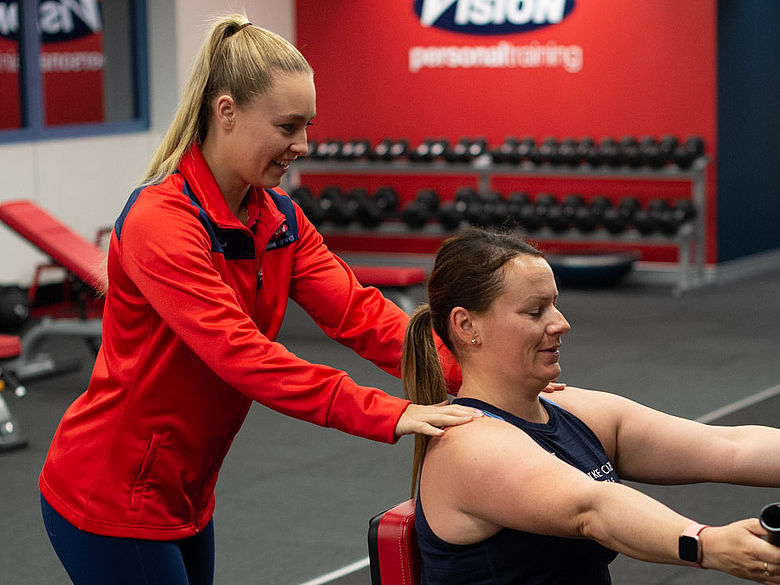A common point of debate between health professionals has always been which form of exercise is a more effective tool for weight management; aerobic or anaerobic? While we understand that it is important to utilize all the available energy systems within our bodies, it can often be hard to determine which one is most appropriate for an individual trying to burn fat. Firstly, it is important that we understand the differences between the two types of training.
Aerobic Exercise
Aerobic exercise occurs when our bodies have enough oxygen to sustain long bouts of muscular contractions. Examples of this include long distance running, swimming, cycling, etc. We are able to perform these particular exercises for long periods of time because the muscles in use are receiving sufficient oxygen to sustain the required force necessary. The byproducts (or waste) created during aerobic exercise, in the form of carbon dioxide and water, can then easily be expelled from the body simply by breathing and sweating.
Anaerobic Exercise
Anaerobic exercise occurs when our bodies DO NOT have enough oxygen to sustain long bouts of muscular contractions. Examples of this include sprinting, resistance training, and all other bouts of high-maximal intensity exercise. We are unable to perform these particular exercises for long periods of time because the muscles in use are not receiving sufficient oxygen to sustain the required force necessary. A long with carbon dioxide and water, lactate is also created as a byproduct of anaerobic exercise. The problem with lactate is it is difficult for the body to expel without oxygen, and actually impairs the ability of muscles to contract. This is what creates the burning feeling that you might experience throughout your body, also known as fatigue.
So how do I know which type of exercise I am doing?
The point at which you change from aerobic to anaerobic exercise is known as the lactate threshold. This is the stage at which lactate becomes being produced as a byproduct. As you might have guessed, if you are training just under the lactate threshold you are training aerobically, and if you are over you are training anaerobically. It is important to note that this threshold is not the same for everyone. Overall fitness levels can significantly increase or decrease the point at which lactate is produced from person to person. Without the use of proper testing equipment, it can be very hard to determine your exact lactate threshold.
The best way to know if you are training aerobically or anaerobically is the use of a talk test. While in the middle of exercising, try pronouncing a short paragraph out loud. If you can do this reasonably easily, it is likely you are training aerobically. If you only manage to push out a short sentence before grasping for breathe, you are probably training anaerobically.
So which type is better for fat burning?
This is where opinions may start to vary. It is very hard to determine which form of exercise is going to provide the most effective and efficient results. Variables such as previous exercise experience, your specific goal, previous injuries and illness, and your enjoyment of the exercise type can all come in to play when programming an exercise plan. It is recommended that you seek the guidance of a health professional when deciding what training plan will best match your goals.
At the end of the day, it is important to incorporate resistance training, anaerobic cardio, and aerobic cardio into your training. A long with a balanced diet, you will be able to achieve any goal you look to achieve!
*Disclaimer: Individual results vary based on agreed goals. Click here for details.

